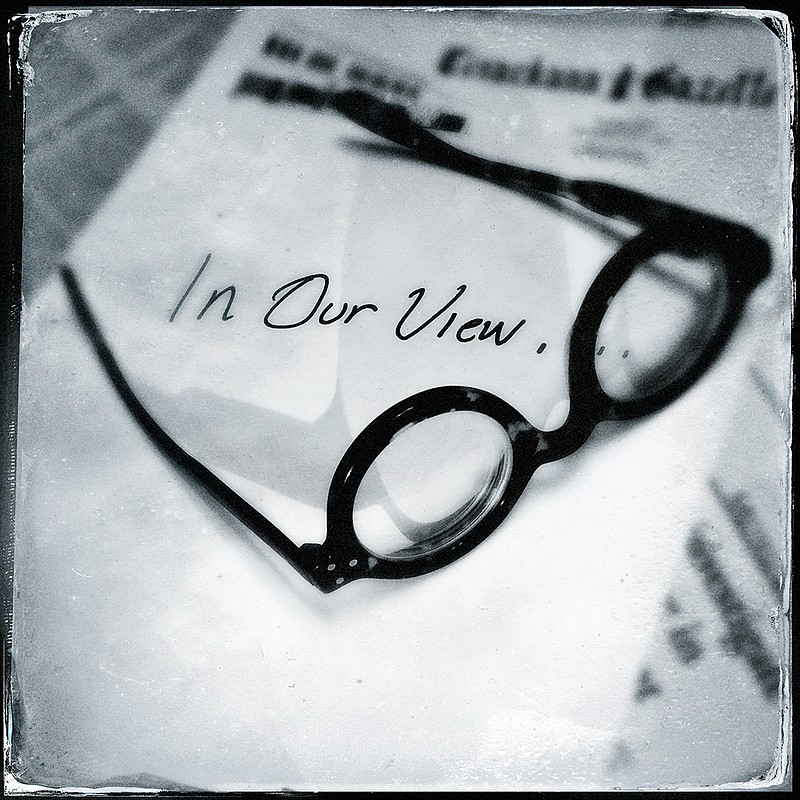Wednesday's front page carried a story about a Texarkana physician at an Arkansas-side pain management clinic being sued by the family of a patient who died under his care.
The lawsuit alleges negligence in treating the patient with powerful opioids including oxycodone and OxyContin for chronic pain.
We won't make any presumptions about this legal action. That's a matter for the courts.
We will though discuss the current "opioid epidemic" the country seems to have become more aware of in recent years.
Of course, for many in rural Southern and Midwest America, the opioid epidemic is nothing new. Since the 1980s, prescription opioid painkillers have become more and more common for chronic pain. That led to the proliferation of "pill mills," which dispensed large quantities to just about anyone and widespread trafficking in opioids. Hydrocodone, oxycodone and it's time-released version branded as OxyContin, Fentanyl and other such drugs became highly sought after on the street, commanding high prices from addicts who had become addicted because of pain or for recreational use.
Overdose deaths increased-more than 33,000 in 2015. And states and federal authorities saw the high costs associated with enforcement of prescription drug laws as well as treatment for addicts and children overdose victims leave behind. And what had been going on for years became an "epidemic."
The fact is, though, most prescription opioid use was legitimate. When it comes to chronic pain-which afflicts an estimated 100 million people in this country alone-the drugs work better than most alternatives.
But there is a major risk of dependence or addiction.To many who suffer from pain everyday the risk was worth it.
Opioids are dangerous. They are addictive. And in some cases they are improperly prescribed or over prescribed. This creates a lot of problems.
But while we should fight this menace, we have to be careful not to go from one extreme to the other. There are millions who need pain treatment. For them these opioids are vital to day-to-day functioning. Yes, they may become dependent. But the alternative for most is living with the pain and that is seldom preferable.
In this country we often overlook these kind of things for a long time, but when we become aware we go into crisis mode. We must be careful not to fall into that trap with prescription opioids. If we do, the question becomes what then are we to do for those in chronic pain? Just tell them to "tough it out"?
Sometimes benefits come with risks. There is the potential for both good and evil in prescription opioids. There has to be a balance in our response to the opioid epidemic.

